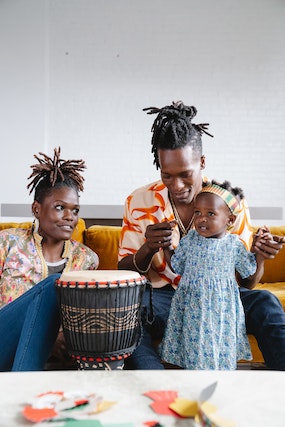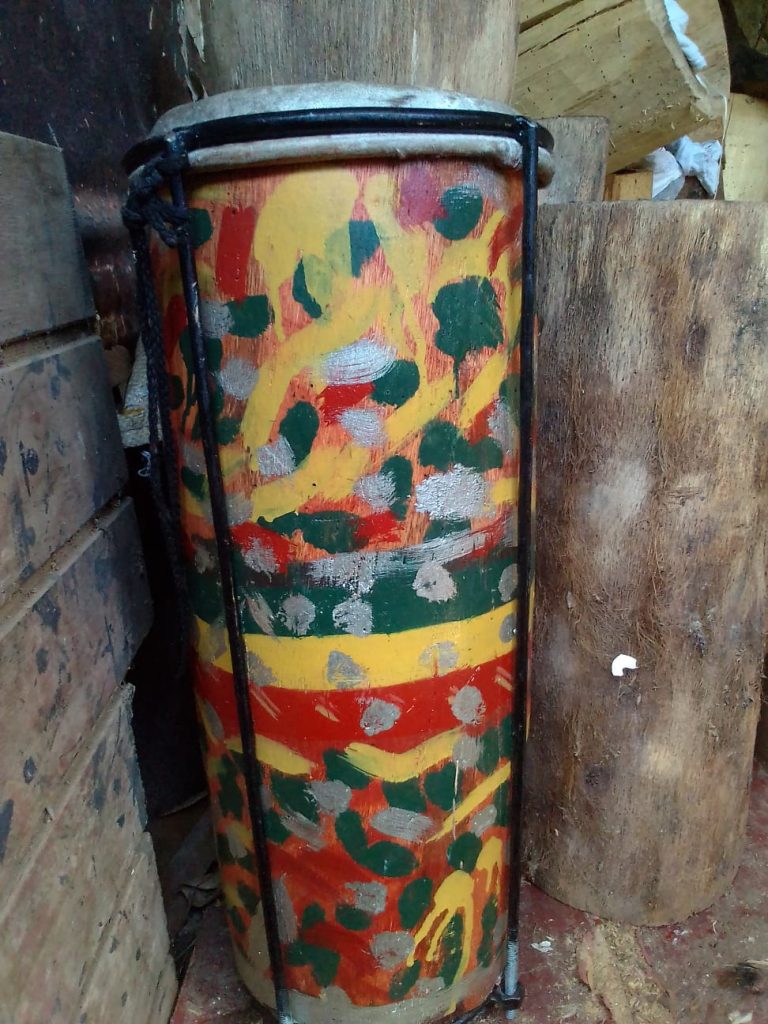Drumming is an integral part of many cultural and religious practices across the world. The use of goatskin drums in these practices is often steeped in cultural and spiritual significance. In this article, we will delve deeper into the role of goatskin drums in various cultural and religious practices, and explore the cultural significance of goatskin in drumming.
LIVE. LOVE. LEARN. GROW. BEKELE’
Africa:
In many African countries, goatskin drums are an important part of cultural and spiritual practices. In West Africa, the djembe drum is a popular goatskin drum used in ceremonies, social gatherings, and even in modern music performances. The djembe drum is not just an instrument, but an important cultural symbol of unity and community. It is believed that the spirit of the animal lives on in the drum, making it a sacred instrument. Similarly, in Ghana, the Kpanlogo drum is made from goatskin and used in traditional music and dance. The goatskin used for these drums is often sourced from local farmers and tanners, making it a sustainable and ethical choice.

Middle East:
In the Middle East, goatskin drums are an important part of traditional and modern music. The goblet-shaped darbuka drum is often made with a goatskin head and is used in a variety of contexts, from traditional music to modern pop and rock. The goatskin used for these drums is typically treated and stretched to achieve the desired tone and pitch. The darbuka is not just an instrument, but also an important symbol of cultural identity and heritage. It is believed that the darbuka drum was invented in Egypt over 2000 years ago and has since spread across the Middle East, becoming an important part of the region’s musical landscape.
Native American:
In Native American culture, the powwow drum is an important symbol of community and tradition. The powwow drum is often made with a wooden frame and a goatskin head, and is used in social and ceremonial gatherings. The goatskin is carefully selected and prepared, with some tribes believing that the spirit of the animal lives on in the drum. The powwow drum is not just an instrument, but also a symbol of Native American cultural heritage and a way to connect with ancestors. The drum is often used in traditional powwows, where people come together to dance, sing and celebrate their cultural heritage.

Religious Significance: Goatskin drums also have religious significance in many traditions. In the Yoruba religion of West Africa, the bata drum is used in religious ceremonies and believed to be inhabited by spirits. The drum is often made with goatskin and is considered a sacred instrument. Similarly, in the Sufi tradition of Islam, the daf is a goatskin frame drum used in religious rituals and associated with spiritual transcendence. The daf is not just an instrument, but a symbol of spiritual connection and devotion to God. The goatskin used in these drums is carefully selected and prepared to ensure the instrument has the desired sound and is appropriate for religious use.
In conclusion, goatskin drums have a rich cultural and spiritual history across different regions and traditions. The use of goatskin in drumming serves as a reminder of the deep cultural roots of this instrument, and the role it plays in connecting people to their history and traditions. The cultural and religious significance of goatskin drums highlights the importance of preserving and respecting cultural heritage in our modern world
